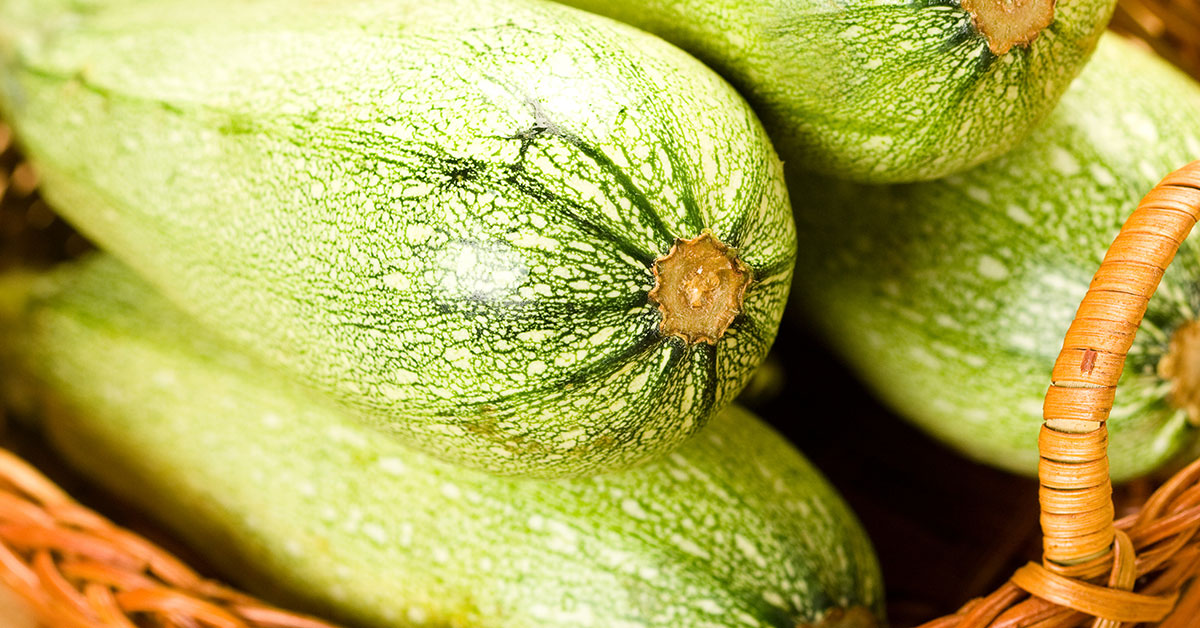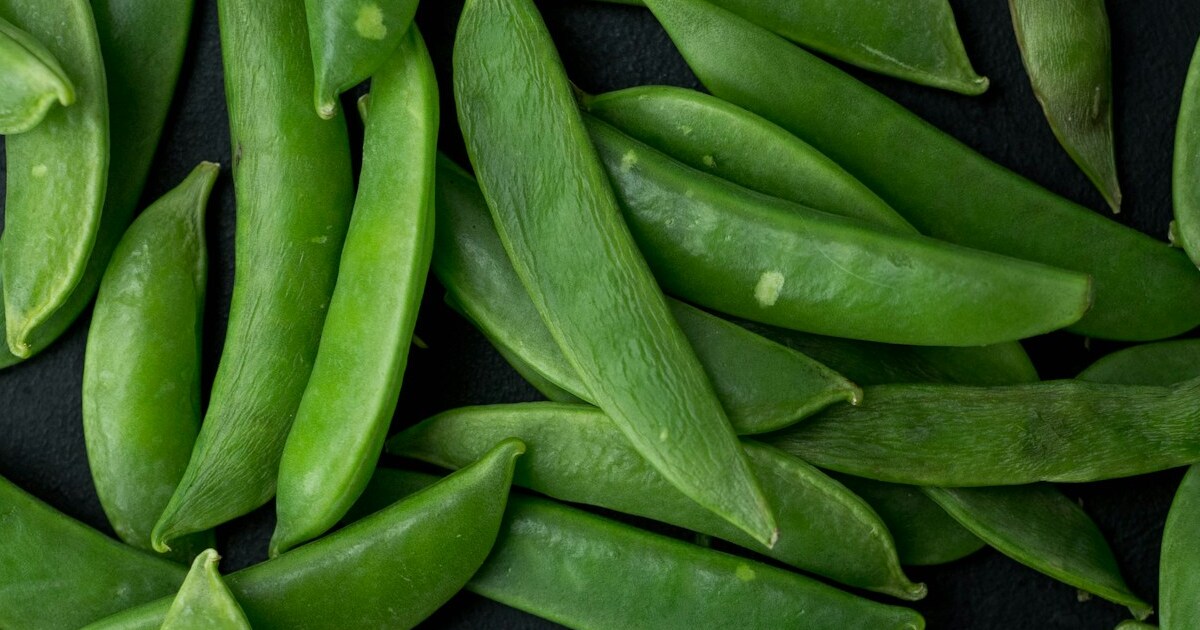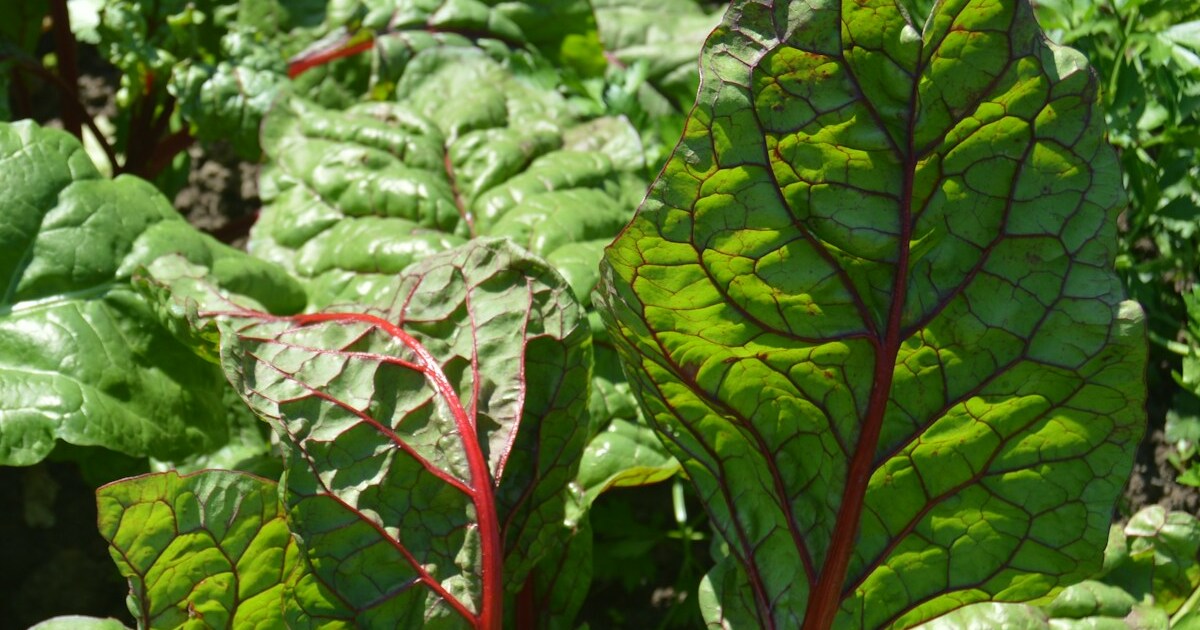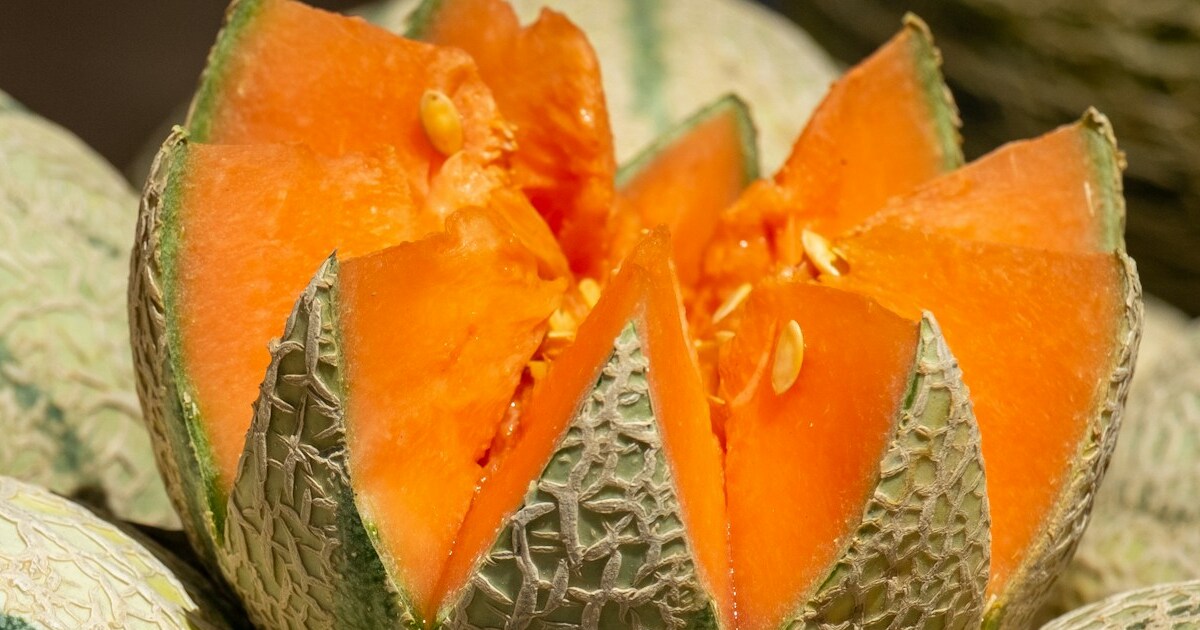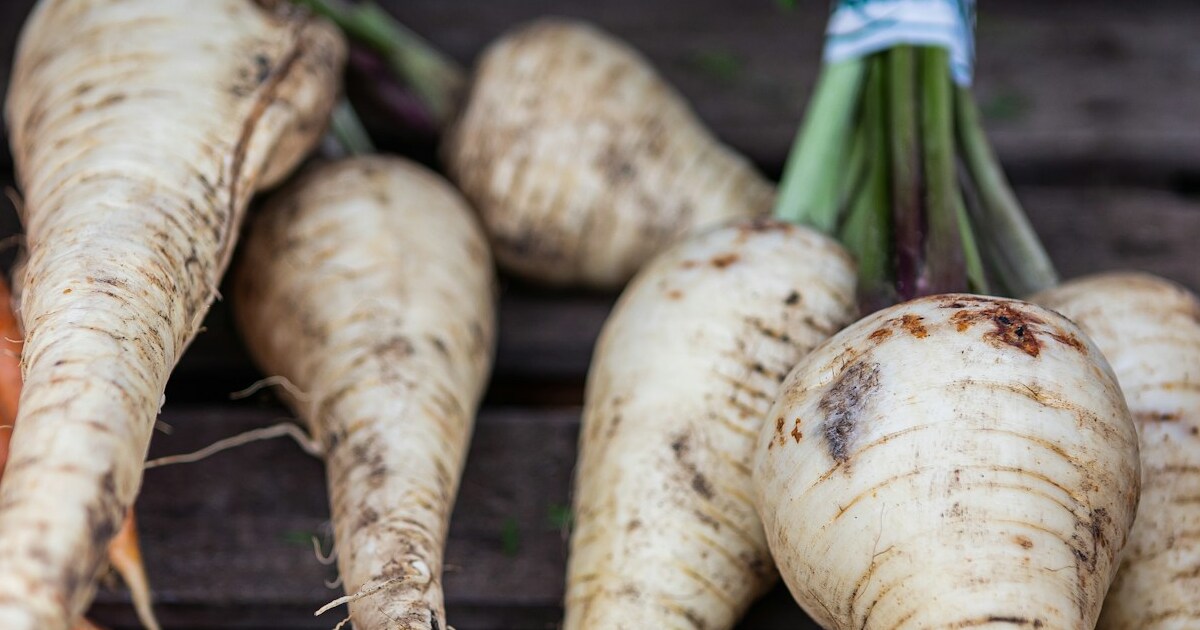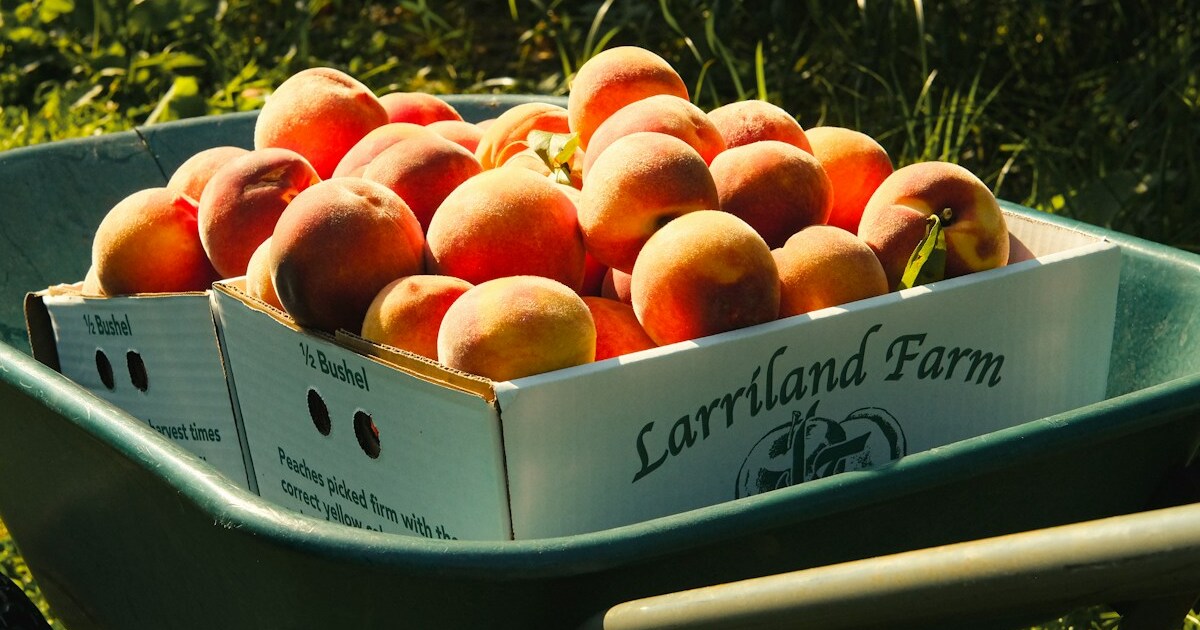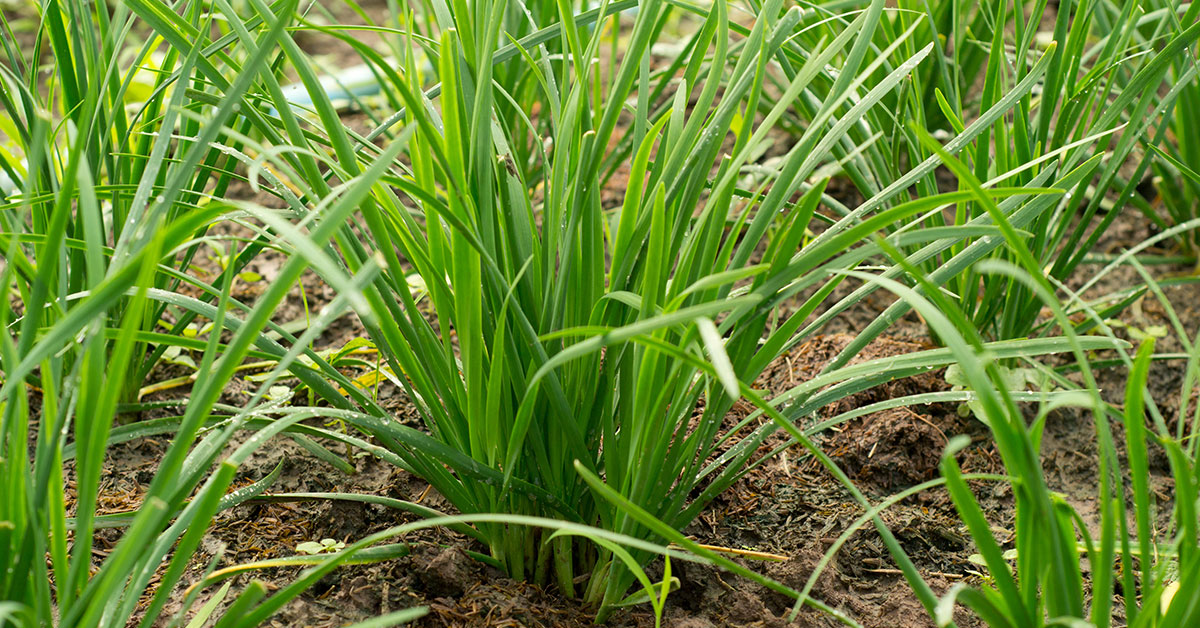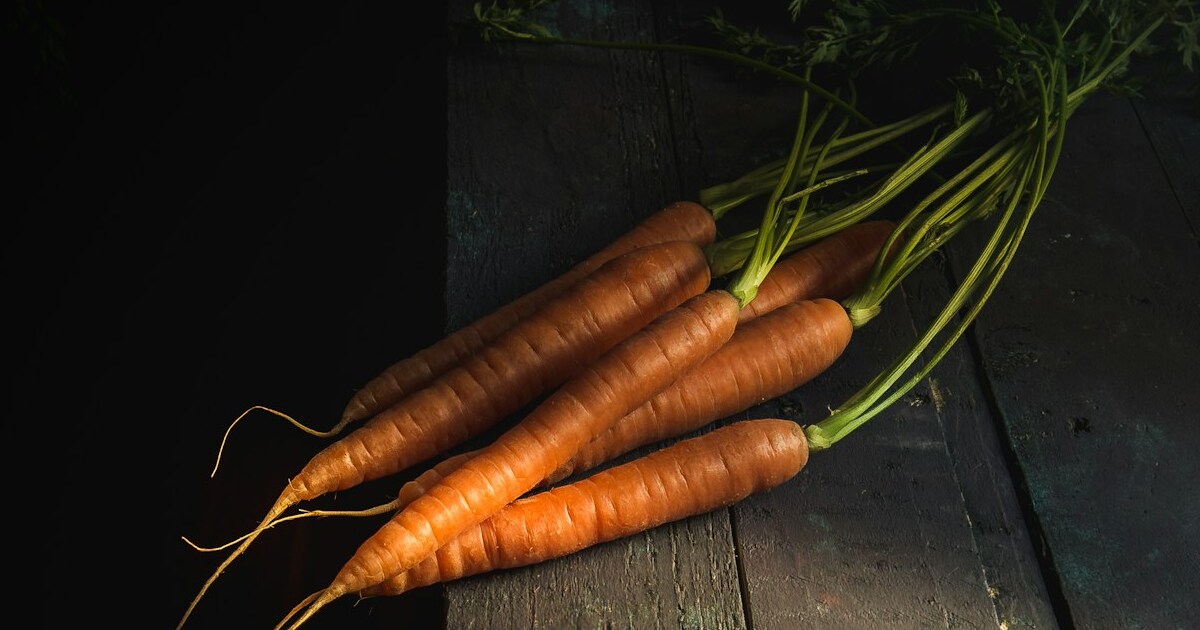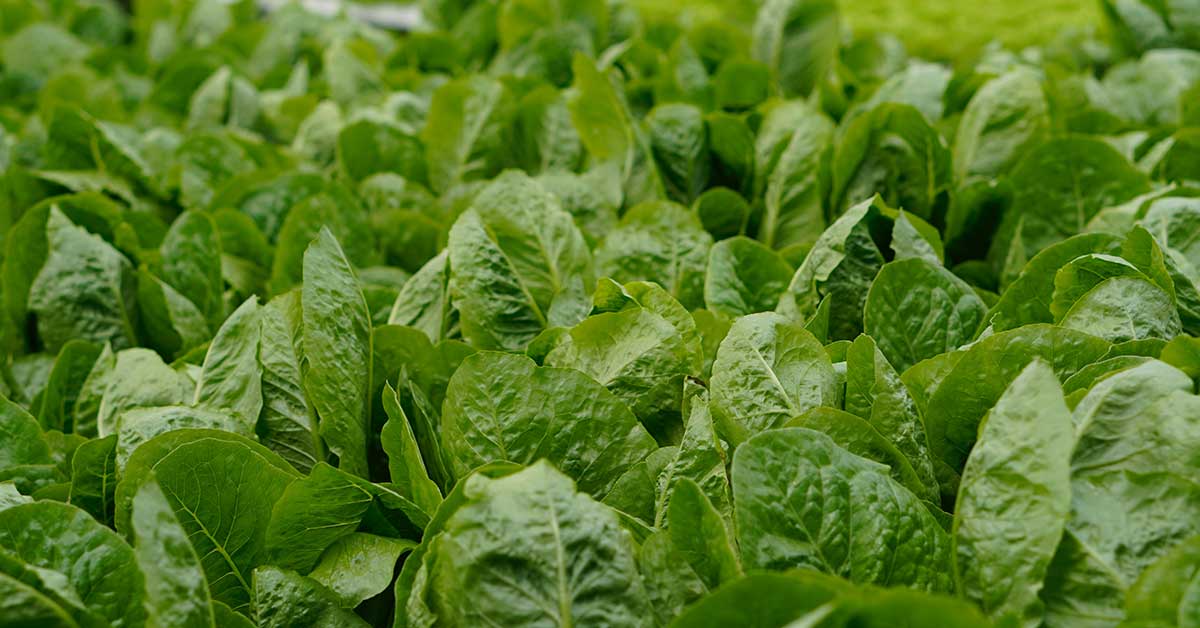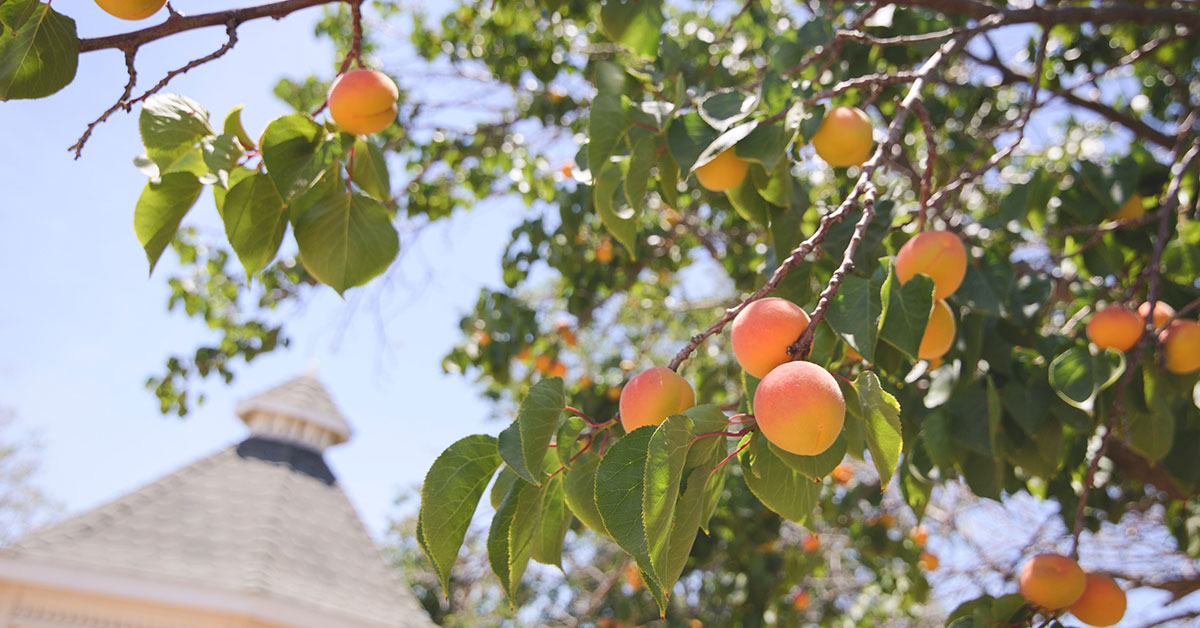Magda Zucchini is a variety of summer squash that is highly popular among gardeners and food enthusiasts alike.
With its slender, cylindrical shape and vibrant green skin, Magda Zucchini has a delicate and tender texture that can be enjoyed in a variety of dishes. This versatile vegetable is not only delicious but it is also packed with essential nutrients that can benefit your health in numerous ways.
We will explore the history, culinary uses, and health benefits of Magda Zucchini, and provide tips for growing and cooking this delightful summer squash.
What is a Magda Zucchini
Magda Zucchini is a variety of summer squash that is known for its tender texture and sweet flavor. It is a popular choice for gardeners and home cooks alike and is commonly found in farmers’ markets and grocery stores during the summer months.
Magda Zucchini is a member of the Cucurbitaceae family, which includes other popular summer squash varieties such as yellow squash and zucchini. It is a cylindrical-shaped vegetable that can grow up to 8 inches long and has thin, smooth skin that is light green in color.
One of its unique characteristics is its creamy white flesh, which is tender and flavorful. This makes it an excellent choice for grilling, sautéing, or roasting, and it can be used in a variety of dishes ranging from salads to soups.
It is a versatile and delicious vegetable that is a great addition to any summer meal. Whether you are a seasoned gardener or a novice cook, this variety of summer squash is sure to impress with its tender texture and sweet flavor.
What does Magda Zucchini taste like?
Magda Zucchini is a type of summer squash that is cylindrical in shape and has a bright green color. When cooked, it has a tender texture and a mild, sweet flavor. Unlike other varieties of zucchini, Magda Zucchini has a thinner skin and smaller seeds, making it perfect for grilling or sautéing.
The flavor is subtle and delicate, making it a versatile ingredient that pairs well with a variety of flavors. It can be cooked in a variety of ways, including grilling, roasting, sautéing, and baking. Its mild flavor also makes it an excellent addition to salads, soups, and stews.
This veggie has a pleasant, refreshing taste that is perfect for summer cooking. It’s versatility and mild flavor make it a great ingredient for a variety of dishes, and its tender texture adds a satisfying crunch to any meal. Whether you’re a seasoned cook or a beginner, Magda Zucchini is a great ingredient to experiment with in the kitchen.
How to start Magda Zucchini seeds
If you’re interested in growing your own Magda Zucchini, starting from seed is a great option. Here’s what you need to know to get started:
- Choose the right time: Seeds should be planted in the late spring or early summer when the soil has warmed up and the danger of frost has passed.
- Prepare your soil: Magda Zucchini prefers well-drained, nutrient-rich soil. Before planting, add compost or other organic matter to your soil to improve fertility and drainage.
- Plant your seeds: Plant your seeds about 1 inch deep and 2-3 inches apart. Cover with soil and water well.
- Provide the right conditions: Magda Zucchini needs plenty of sun, water, and nutrients to grow. Make sure to water your plants regularly and fertilize every 2-3 weeks with a balanced fertilizer.
- Thin your seedlings: Once your seedlings have grown to about 3 inches tall, thin them out by removing the weaker plants. This will give the remaining plants more room to grow and develop.
- Watch for pests and diseases: Magda Zucchini is vulnerable to a variety of pests and diseases, including squash bugs, cucumber beetles, and powdery mildew. Keep an eye out for these issues and take action if necessary.
How to grow Magda Zucchini
Magda Zucchini is a variety of squash that is known for its tender, flavorful flesh and excellent cooking properties. If you’re interested in growing Magda Zucchini in your garden, there are a few things to keep in mind.
First, it’s important to choose a location that receives full sun for at least six hours a day. Magda Zucchini thrives in warm temperatures and needs plenty of light to grow.
Next, prepare the soil by adding compost or other organic matter to improve its fertility and moisture retention. This plant prefers well-draining soil that is rich in nutrients.
When planting Magda Zucchini, space the seeds or seedlings about 24 to 36 inches apart to allow for proper growth and air circulation. Be sure to water the plants regularly, keeping the soil consistently moist but not waterlogged.
As the plants grow, you may need to provide support for the vines by using stakes or trellises. This will help prevent the plants from sprawling and keep the fruit off the ground, which can reduce the risk of rot or disease.
When and How to Harvest
Magda zucchini, also known as Italian zucchini, is a popular summer squash variety that is known for its tender flesh and delicate flavor. If you’re growing this plant in your garden, it’s important to know when and how to harvest it to ensure that it is at its peak flavor and texture.
Magda zucchini is typically ready to harvest about 40-50 days after planting. However, the exact timing will depend on a variety of factors, including the weather, soil conditions, and the size of the plant. As a general rule, you should look for zucchinis that are about 6-8 inches long and 2-3 inches in diameter. These are the perfect size for harvesting and will be the most tender and flavorful.
When harvesting Magda zucchini, it’s important to be gentle to avoid damaging the plant. Use a sharp pair of garden shears or a knife to cut the zucchini from the stem. Be sure to cut the stem about 1 inch from the fruit to avoid damaging the plant. If you’re having trouble cutting through the stem, you can gently twist the zucchini until it snaps off.
It’s important to harvest this plant regularly to encourage more production. If you leave zucchinis on the plant for too long, it can become tough and woody, which will affect the flavor and texture. Check your plants daily and harvest any zucchinis that are ready to ensure that you get the most out of your harvest.


